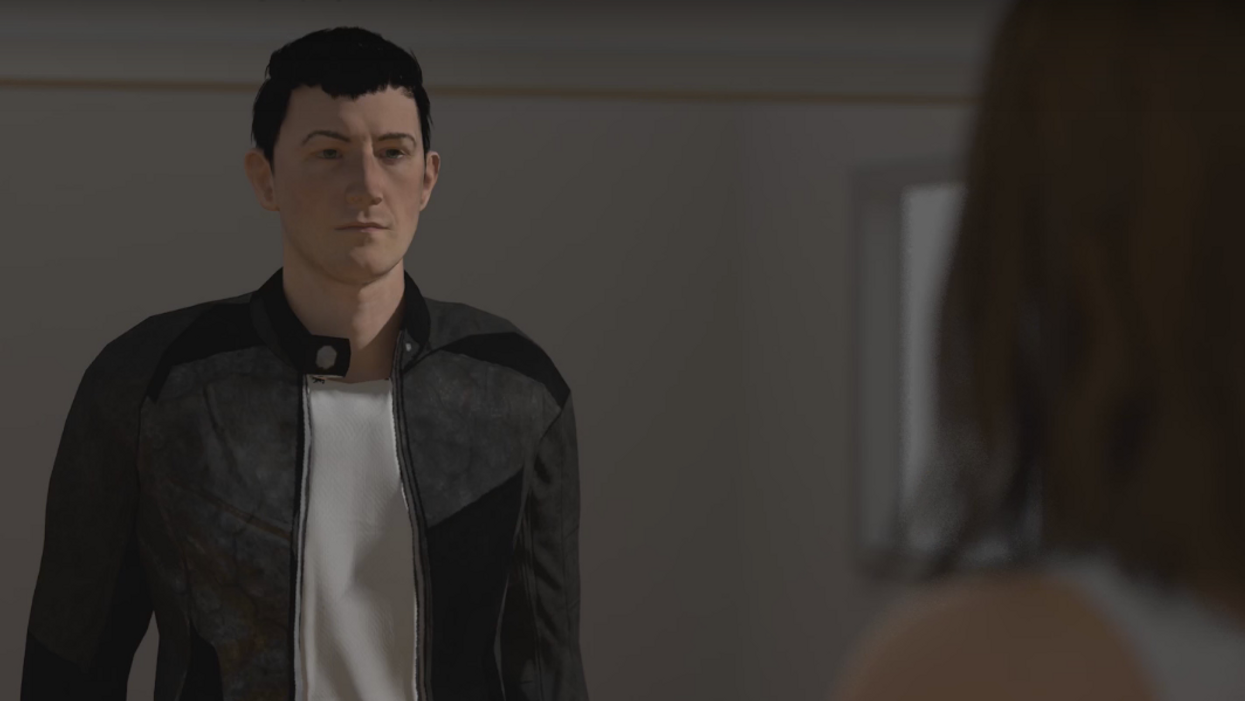Watch: Learn How to Set Up Your Camera for a Match Shot Like the Pros Do
Grab your tape measure; it's time to shoot some match shots.

Match shots, or reverse shots, are one of the several kinds of shots included in initial coverage and are used constantly, particularly when shooting dialog scenes. It might seem pretty basic—put a camera on one side to capture one character's dialog and then put it on the other side to capture the other character's dialog—however in this video Matthew Workman of Cinematography Database explains how DPs and 1st/2nd ACs do it on a professional production.
What's helpful about this video is that it not only teaches beginners a framing technique that they may have been unaware of, but it also gives those that may not have experience working specifically on professional shoots a better grasp of how it's done in that kind of environment. In other words, if you're an experienced non-professional filmmaker making the transition into the professional sector, you may not know exactly what a director or DP expects when they ask for a match shot: something that isn't just a "shot from the other side of the 180-degree line," but something framed in such a way that it more or less mirrors the first shot.
It should be noted, though, that this kind of setup is just a starting place for framing and blocking; it's not necessarily the "proper way" to set up a match shot. (There isn't a "proper way.") Framing match shots in this way gives the director or DP a "blank canvas" (though it's not technically blank) so they can either go with it or make any changes they think would work better for the shot. I hesitate to say this, because every cinematic choice inherently has style (arguably), but framing match shots like this is "style-less", which allows, again, the director or DP to add style if they want to.
In the end, it's just a good jumping off point.
Source: Cinematography Database

 No Film School's coverage of
No Film School's coverage of 









